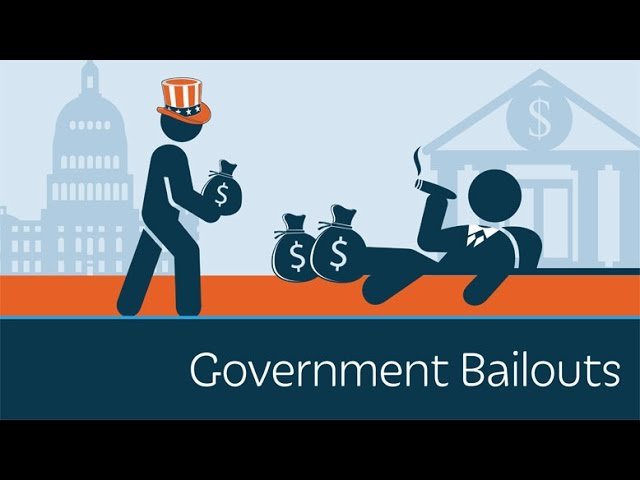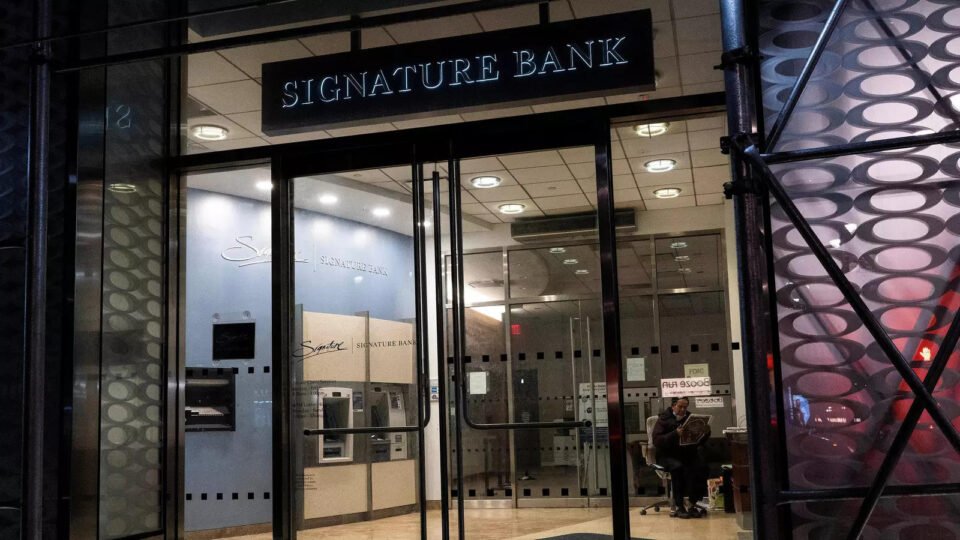The Department of Financial Services for New York State said on Sunday that it has taken control of the New York-based Signature Bank and assigned the US Federal
Second bank failure in a couple of days; receiver appointed is Deposit Insurance Corp. As of December 31, Signature Bank held deposits of roughly $88.59 billion, according to a statement from the department.
An inquiry for comment was not immediately answered by Signature Bank.
All Signature Bank depositors will be paid whole, and “no losses will be borne by the taxpayer,” the US Treasury Department and other bank regulators said in a joint statement on Sunday.

Given SVB’s debacle, the FDIC will need to be “willing to open the wallet,” according to one analyst
According to a joint statement released by US Treasury Secretary Janet Yellen, Federal Reserve Chair Jerome Powell, and Federal Deposit Insurance Corp Chair Martin Gruenberg on Sunday evening, the action won’t result in losses for American taxpayers and will make all depositors whole, including those whose funds exceed the maximum amount of money that can be insured by the government.
The actions calmed the financial markets and increased stock indexes in early Asian trading, but they also raised uncertainties about potential purchasers for the banks and caused significant losses for the equity and bondholders of the two bankrupt organizations.
The depositors of New York’s Signature Bank, which was shut down by the state’s financial regulator on Sunday, would also be made whole without incurring any losses to the taxpayer, according to the officials.
Similar to SVB, Signature’s customer was primarily in the technology industry, and as interest rates increased, so did the value of the securities on its balance sheet. The cryptocurrency industry accounted for over a quarter of Signature’s deposits as of September, but the bank said in December that it would reduce such deposits by $8 billion.
According to a senior US Treasury official, new regulations implemented on Sunday will “wipe out” stock and bondholders in SVB and Signature Bank of New York while safeguarding all clients’ deposits.

According to the source, the actions were meant to protect depositors and stabilize the financial system and did not amount to a bailout of either firm. The official stated that neither bank’s losses will be covered by American taxpayers.
After SVB became the largest bank to fail since the 2008 financial crisis, Yellen had stated that she was collaborating with banking regulators to find a solution.
The FDIC “is going to have to be ready to open up the pocketbook,” according to Gerard Comizio, a professor at the American University Washington College of Law, in a statement to Reuters. And there would be “blowback” from this fallout, he continued.
Professor Comizio said, “There’s going to be some blowback from the idea that you had two bank failures, including one that is the second largest bank failure in history, and I fully expect that there’ll be congressional hearings on these failures, both of them.” He was referring to the SVB fallout and the recently defunct crypto-friendly bank Silvergate.
Startups Unplugged founder and USC Marshall School of Business Incubator Program head Paul Orlando urged businesses to maintain their positive outlook.
Orlando advised, “You have to just get through this month, you know, what can you do to either like cut costs… if you are in a scenario where your staff can go without, you know, being paid for a month… I think you will survive this.
The moves taken on Sunday, according to a senior US Treasury official, would protect depositors and provide support for the larger banking system, but officials and regulators continued to keep an eye on the financial system’s health and stability.
The Federal Reserve said that it will make more funds available through a new Bank Term Funding Program that would grant depository institutions loans for a period of up to one year, secured by Treasury securities and other assets these institutions now own.
The Federal Reserve introduced a number of policies to maintain credit availability in March 2020 when the coronavirus epidemic and lockdowns caused financial panic. These policies included lowering borrowing costs and extending the periods of its direct loans.
Use of the Fed’s discount window facility increased to more than $50 billion by the end of that month.
Before SVB’s collapse in the middle of last week, there had been no signs of a pick-up in usage, with Fed data showing weekly outstanding balances of $4 billion to $5 billion since the year’s beginning.





